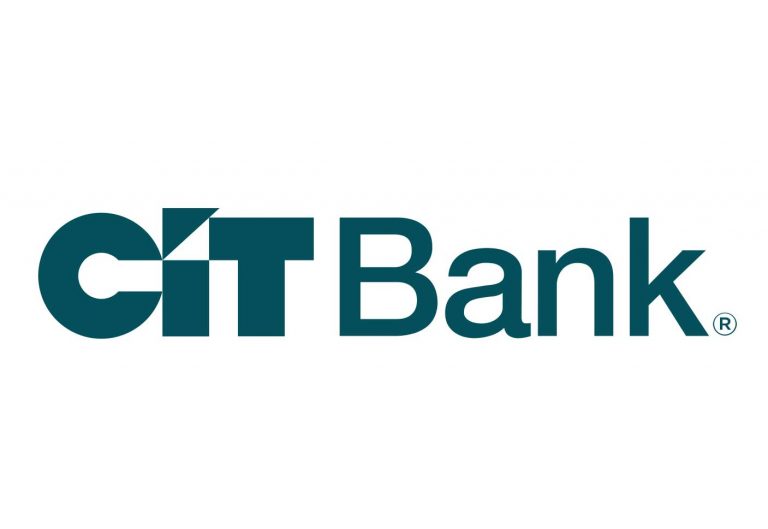Debt to Income (DTI) Ratio Requirements for FHA Loans
Article Summary
The official debt-to-income or DTI ratio guidelines for FHA home loans is 31%/43%, or 31% for the front-end ratio and 43% for the back-end ratio.
These guidelines are not strictly followed among FHA lenders, who consider other factors in considering a loan application, including a borrower’s credit score, how much money is being put down as a down payment on a home, and how much of a loan is being sought.
Having a lower DTI ratio will increase your chances of obtaining an FHA home loan, and will also likely improve the terms (including your interest rate) of your FHA home loan.
LendingTree is an affiliate of Prosperopedia.com. If you’re in the market for a home loan, consider checking their rates and terms by clicking on the image below.
Debt-to-income ratios (or DTI ratios) help lenders understand your financial situation in terms of how much money you’re required to pay back to creditors each month compared to home much income you have coming in each month.
Lenders have used this ratio to regulate how much money they’re willing to lend to you to purchase a house. Lenders have requirements for borrowers with regard to your DTI ratio to help them determine your ability to pay back your home loan. Maximum DTI ratio percentages (meaning your DTI ratio percentage cannot go over the designated amount) are based on several different factors, including which type of loan you are getting.
For FHA loans, the DTI ratio is 43%, meaning that, including your FHA home loan, you shouldn’t have more than 43% of your total income obligated towards your mortgage payment and other monthly debt payment obligations you might have. There is another aspect of this DTI ratio referred
So, for FHA loans, the official maximum DTI ratios are 31% (front-end)/43% (back-end).
This DTI ratio guideline for FHA loans is slightly higher than for other conservative kinds of loans, many of which have DTI limits in the 35% to 40% range. Conventional and jumbo loans from major lending banks like Wells Fargo and Chase typically require a DTI ratio that doesn’t go over 40%. In fact, in their description of DTI, Wells Fargo explains that 35% or lower DTI ratio is good, while being in the 36%-49% range will likely mean that you’ll need help from other eligibility factors to be considered for a loan.
The DTI ratio for FHA loans is allowed to be higher because of the FHA is a government entity that subsidizes the risks that are normally associated with a loan, including the risk of a borrower not repaying the loan, which is much more common among people who have higher DTI ratios.
What is a Debt-To-Income Ratio and How is it Calculated?
In summary, the debt-to-income ratio is a calculation of the person’s debt obligations divided by gross (before taxes) income. So, if a person makes $4,500 per month, and owes $1,500 per month across all debt payment obligations, his DTI ratio would be 33%. This is the most common way of referring to debt-to-income ratio, and it includes all debt, including those that relate to housing (principal and interest, mortgage insurance, property tax) as well as credit card debt payments, car loan payments, student loan repayments, and all other recurring monthly payment obligations. This version of the DTI ratio, which includes housing costs is often referred to as the back-end ratio.
There is another ratio that’s referred to as the front-end ratio that’s considered by FHA lenders when you’re applying for a loan. The front-end ratio considers only those debts related to housing, which you would be responsible for if you’re approved for and receive the loan. For FHA loans, the guideline for this front-end ratio is that it shouldn’t exceed 31%.
To calculate your front-end ratio, add up all the housing-related expenses you would incur
A mortgage broker will be able to calculate your DTI ratio for you when you start the loan application process, and can let you know if you are qualified based on that factor. If you’d like, before you begin an FHA loan application, you can go ahead and estimate what your DTI ratio will be by considering how much you want to borrow, then estimating your monthly housing obligations using a mortgage calculator. You can add that amount (specifically you’ll have a good idea of your monthly principal an interest payments, and likely an estimate for PMI, or mortgage insurance) to other debts you have, then run the calculations as I’ve described above.
Improving Your DTI Ratio
As you can see from the DTI ratio formula and how it’s calculated, there are two simple ways to improve your DTI ratio, which will improve your ability to secure an FHA home loan, with better terms as well. You can increase your income, or you can pay off some of your debt.
Outside of applying for an FHA loan or any other type of home loan, having a lower DTI ratio also represents that you are healthier financially, and will reduce the stress you would otherwise feel when you are drowning in debt.
Similar to Wells Fargo, I recommend that people stay under 35% DTI ratio to be healthy and comfortable financially.
LendingTree is an affiliate of Prosperopedia.com. If you’re in the market for a home loan, consider checking their rates and terms by clicking on the image below.







